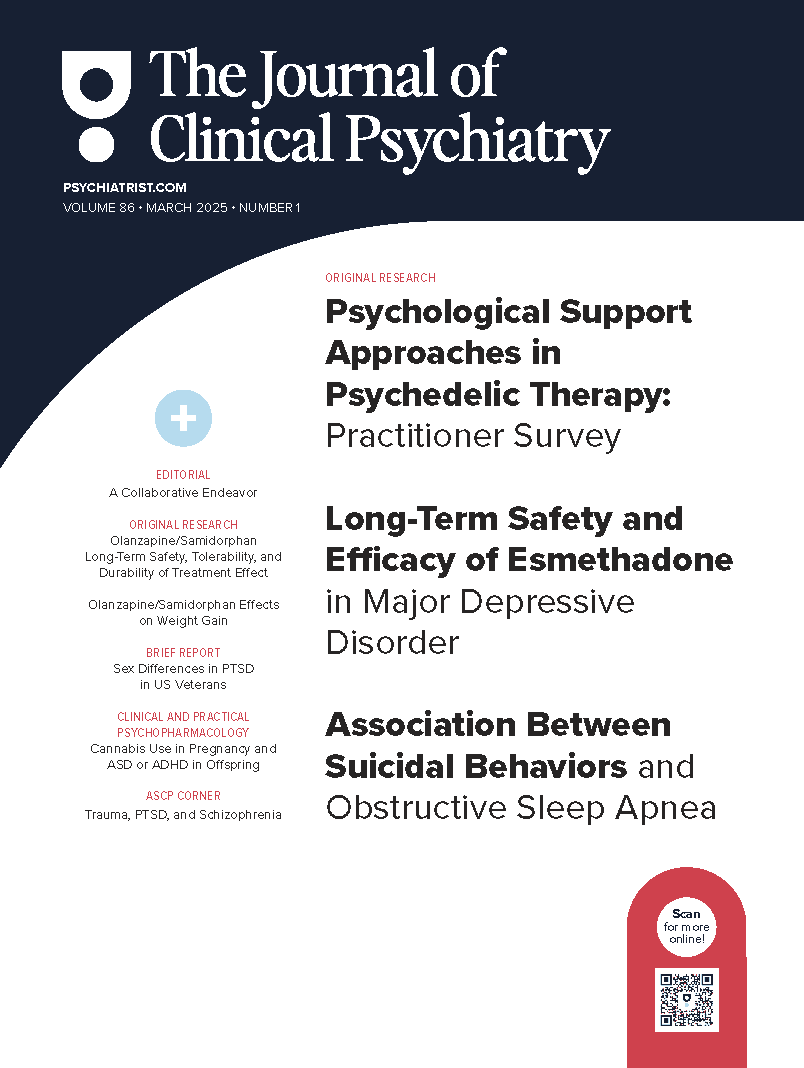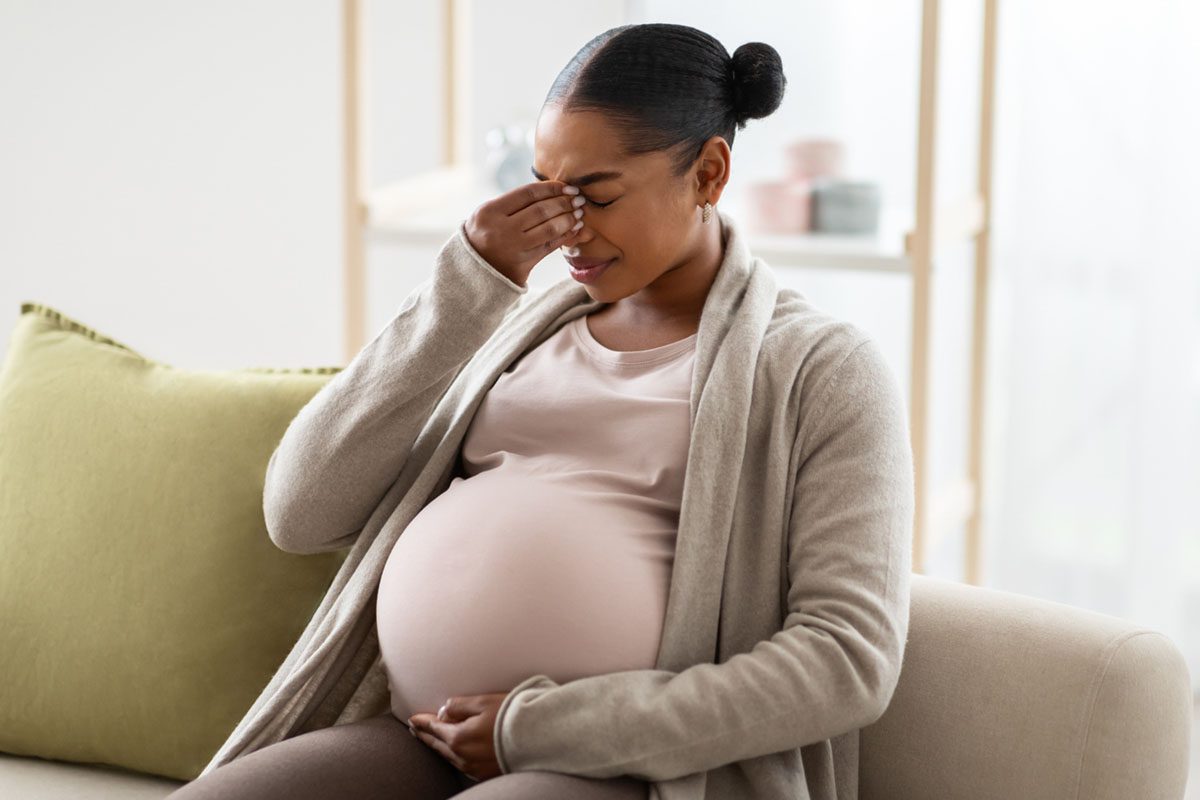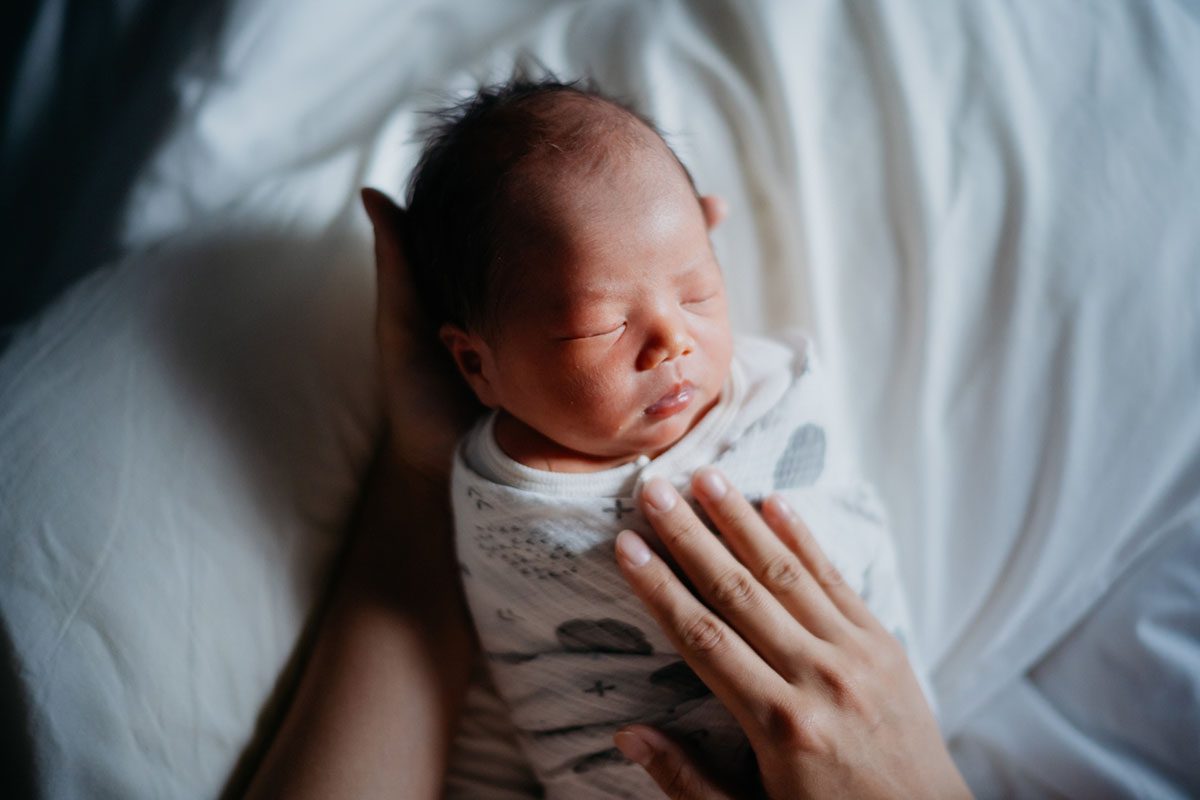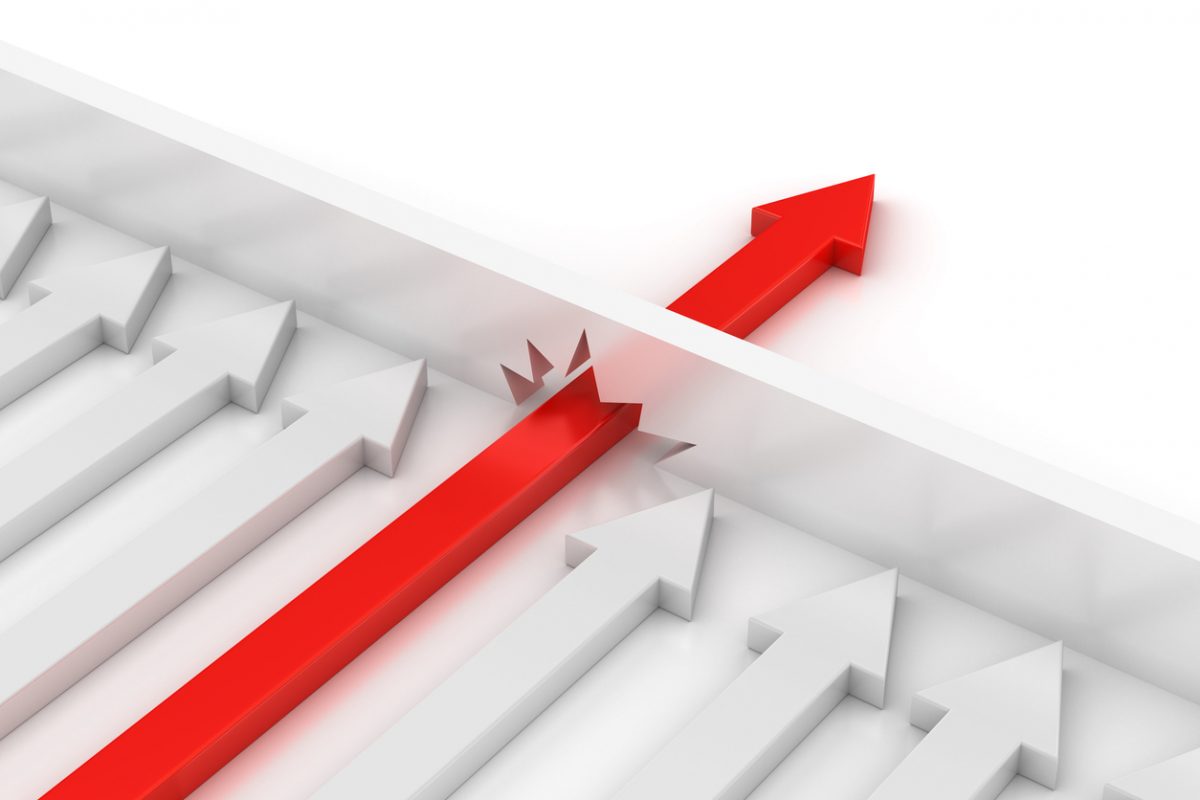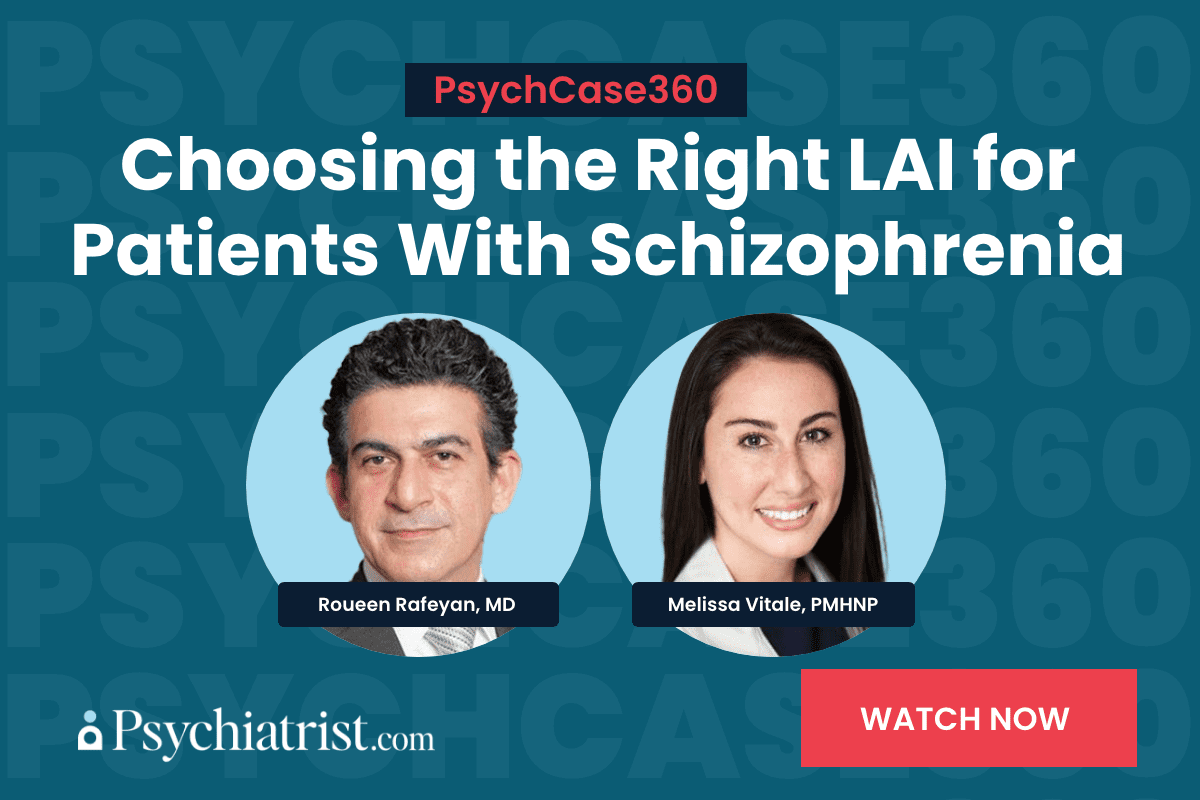Background: Anecdotal reports suggest that psychedelic agents may relieve symptoms of obsessive-compulsive disorder (OCD). This modified double-blind study investigated the safety, tolerability, and clinical effects of psilocybin, a potent 5-HT1A and 5-HT2A/2C agonist, in patients with OCD.
Method: Nine subjects with DSM-IV-defined OCD and no other current major psychiatric disorder participated in up to 4 single-dose exposures to psilocybin in doses ranging from sub-hallucinogenic to frankly hallucinogenic. Low (100 mg/kg), medium (200 mg/kg), and high (300 mg/kg) doses were assigned in that order, and a very low dose (25 mg/kg) was inserted randomly and in double-blind fashion at any time after the first dose. Testing days were separated by at least 1 week. Each session was conducted over an 8-hour period in a controlled environment in an outpatient clinic; subjects were then transferred to a psychiatric inpatient unit for overnight observation. The Yale-Brown Obsessive Compulsive Scale (YBOCS) and a visual analog scale measuring overall obsessive-compulsive symptom severity were administered at 0, 4, 8, and 24 hours postingestion. The Hallucinogen Rating Scale was administered at 8 hours, and vital signs were recorded at 0, 1, 4, 8, and 24 hours after ingestion. The study was conducted from November 2001 to November 2004.
Results: Nine subjects were administered a total of 29 psilocybin doses. One subject experienced transient hypertension without relation to anxiety or somatic symptoms, but no other significant adverse effects were observed. Marked decreases in OCD symptoms of variable degrees were observed in all subjects during 1 or more of the testing sessions (23%-100% decrease in YBOCS score). Repeated-measures analysis of variance for all YBOCS values revealed a significant main effect of time on Wilks lambda (F = 9.86, df = 3,3; p = .046), but no significant effect of dose (F = 2.25, df = 3,3; p = .261) or interaction of time and dose (F = 0.923, df = 9,45; p = .515). Improvement generally lasted past the 24-hour timepoint.
Conclusions: In a controlled clinical environment, psilocybin was safely used in subjects with OCD and was associated with acute reductions in core OCD symptoms in several subjects.
Please sign in or purchase this PDF for $40.00.
